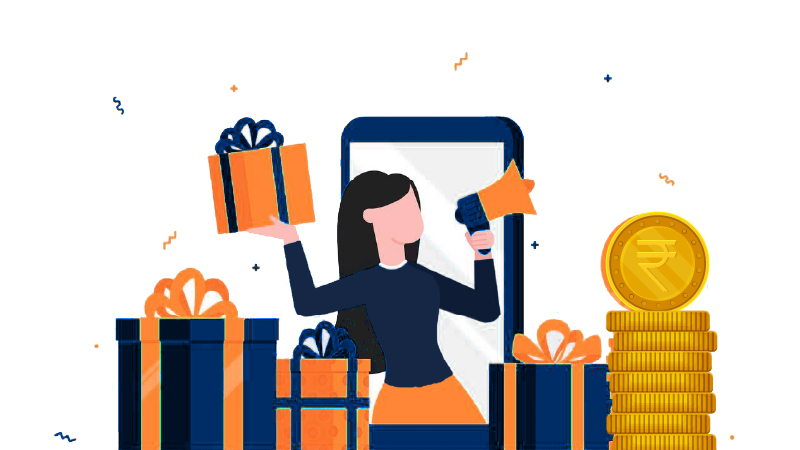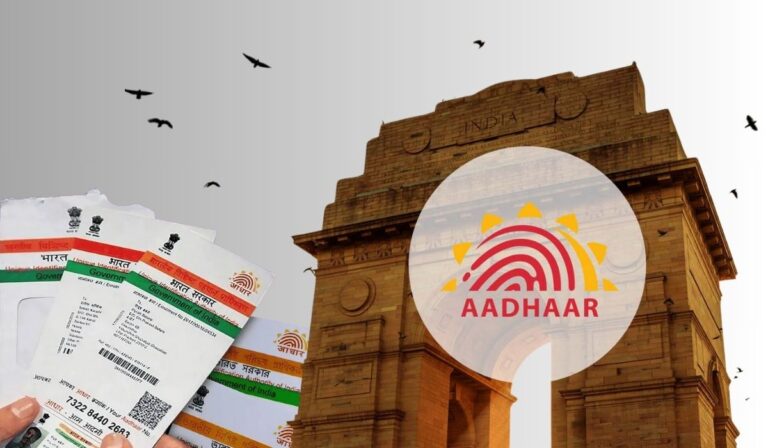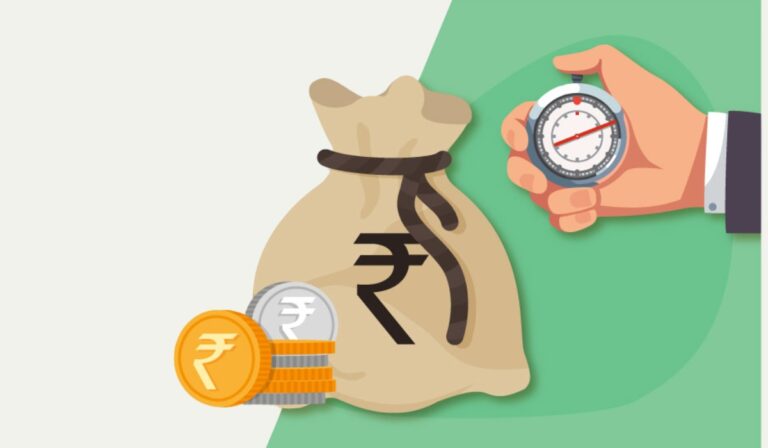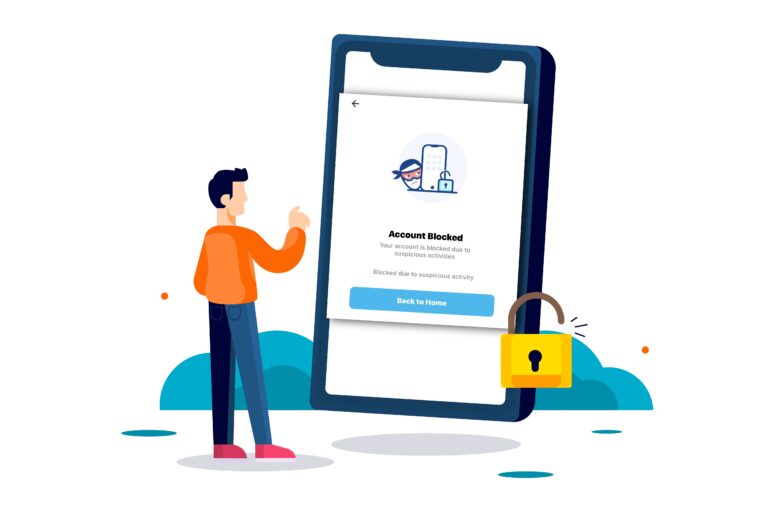Fintech companies have given us a different idea and changed our thinking towards banking and financial services. As mobile banking and digital payment methods are rising, Fintech companies are offering innovative solutions that are both convenient and affordable. Freemium is one such model. In this blog, we’ll explore what freemium is, how it works, and what users should know about it.
What is Freemium?
Freemium comes from a combination of two words – ‘Free’ and ‘Premium.’ It is a business model in which companies offer a basic or trial version of their products or services free of cost and only charge for the additional features.
The main idea behind the freemium model is to attract users and draw their attention through the free product or service so that if the user likes that product, they will be willing to buy the full-sized product and even recommend the product to their friends and family.
In many companies, especially startups, freemium has become a popular business strategy that works wonders in attracting customers and building their user base.
How does freemium work?
In the Fintech world, freemium works by offering a basic version of a particular financial product or a service for free, and it gives a chance to consumers to upgrade their plan and avail the paid version of that product. For example, a makeup products selling brand might offer free products and only charge for additional services like delivery fees. This would help that brand to engage and interact with more and more people.
By offering a free product, Fintech companies can overcome their initial barrier, as many customers hesitate to buy or try new products in the market. Freemium can be one great way for users to try new products without committing to a life-long contract with that product or service.
Also, read: What is Quasi-Contract?
Advantages of Freemium
- Free Trial: The whole point of a freemium model is that it provides a free trial of the product or service. This allows users to buy the product without any hesitation or commitment.
- Wide range of features: Users can upgrade to access more features of the product or service if they like the freemium product.
- Low cost: for trial purposes or for basic needs, freemium products are an affordable solution.
- Improved customer retention: Since freemium products give users a taste of the product before they even have to pay for it, it helps in improving user retention and building loyalty for the brand.
Disadvantages of Freemium
- Offers only Limited features: The preliminary or trial version of the product is minimal and offers only a little facility. This is done to make the user purchase the main product.
- Hidden costs: The company might not reveal some extra charges and expenses that come along with the freemium product.
- Personal Data: Freemium products may be used as a medium to collect the personal data of users for marketing purposes.
- Expensive upgradation cost: Sometimes, the cost of upgrading to access more features can be higher than what users expect the price to be.
Examples of freemium products:
- Twitter: Twitter is a social media platform where users tweet their thoughts for free. The basic features of Twitter are free to use, but the premium features like ad-browsing and getting a blue badge to be a verified user are something users need to pay for.
- ChatGPT: ChatGPt is a chatbot language model developed by OpenAI. When it came initially, it was free to use by anyone who wanted to try it. The basic features are free, but users can pay for premium features to access more data.
- Canva: Canva is a graphic designing platform that allows users to create presentations, graphics, and other visuals for free. In the basic version of Canva, many features are not accessible by users, and they have to pay for it to access more fonts and features.
- Spotify: Almost everyone is aware of how annoying Spotify ads can be! Spotify is a music streaming platform allowing music lovers to enjoy free music and some ads. Users can also pay for a premium subscription which removes the ads and even provides them with additional features.
Challenges Faced by Fintech Companies
Even though the freemium model is a popular model for various Fintech companies and startups, it has its own set of challenges to deal with.
- Balancing Paid and Free Features: Producers must find the right balance between the free features and paid features that are being offered to users. The paid feature must be reasonable as it might be a barrier in convincing users to upgrade from the free featured product.
- Managing User Expectations: Companies must be clear about what they are offering with the free product; if not, users can expect more from them and raise queries regarding the same.
- Retaining Users: When using a freemium model, it can be challenging for companies to keep users as they might only show interest in using the free model, not the paid one. Companies must focus on providing a good user experience.
- Competition: When offering freemium models, companies must offer something unique, something which would differentiate their product from what other companies have been offering. This would help them stay at the top of their game and attract more consumers.
Conclusion
The freemium model has emerged as a widely adopted business tool for companies seeking to attract new customers and expand their user base, particularly in the Fintech industry. By providing users with a high-quality experience and valuable features, Fintech firms can effectively leverage the freemium model to entice and retain loyal customers, thereby contributing to the long-term success of their business.
PayMe is an RBI-registered Indian lending Fintech company providing quick personal loans online to individuals and small businesses at low-interest rates. PayMe aims to bridge the gap between traditional lending institutions and borrowers who may need to meet their stringent requirements. With a user-friendly platform and fast loan approval process, PayMe is committed to providing its customers with financial freedom, Quick disbursal, and flexibility. In addition, the company aims to provide fast loan approval to empower individuals and businesses to achieve their goals by providing timely access to the necessary funds. Payme’s customer-centric approach and innovative technology make it a leader in the Indian lending Fintech industry.
Know About E-checks and why they are important.




